Winter bicycle maintenance: Essential tips for every cyclist
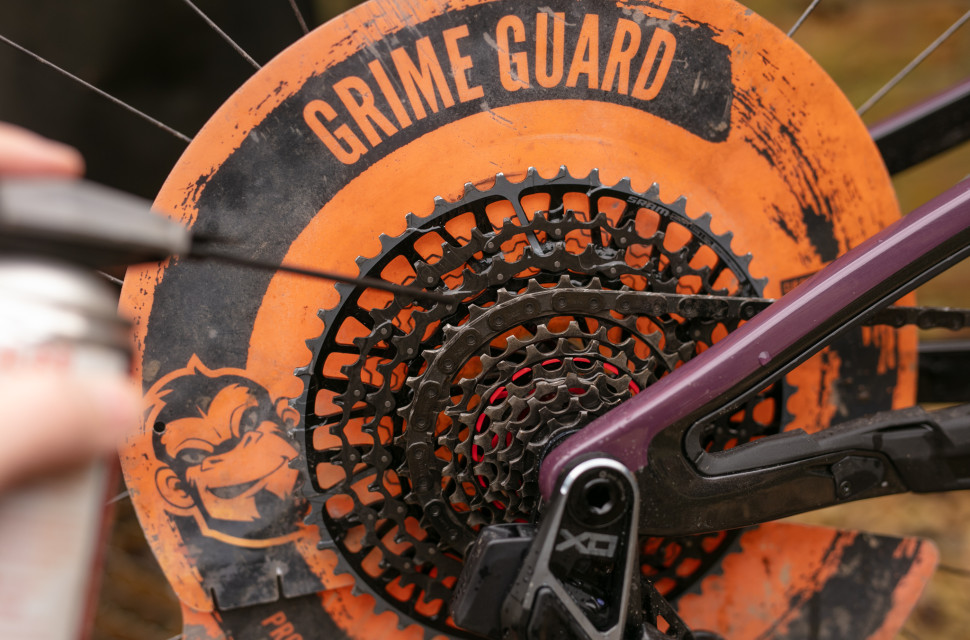
Wet winter riding means mud, water and general filth can find their way into even the smallest crevices on your gravel or mountain bike. Leaving it there to dry ride after ride is a recipe for destruction and an empty bank account so keeping on top of your bike maintenance becomes even more important in the winter. Here are some quick winter-specific post-ride tasks to consider adding to your bike cleaning regime.
- Top tips for mountain biking downhill in the mud – how to ride in muddy conditions
- How to add sealant to your tyres
- How to clean your mountain bike
Clean your bike after every ride
The most obvious maintenance task is cleaning. It's not a fun task, especially after putting in the miles but leaving your bike post-ride, covered in mud to clean it a couple of days later only makes things more difficult.
After your ride, no matter the dwindling motivation levels, bite the bullet and reach for the brushes. Any mud and grit will still be wet, so the worst of it will be cleaned with a hose.
Not only will a clean bike look better, but it'll ride better and its components will last longer. It will also provide an excellent opportunity to check for damage and wear as you clean. It's simple and potentially time-consuming but if you're going to do anything over winter, keep your bike clean.
Use a ceramic or protective post-wash coating
At the moment, ceramic and protective post-wash coatings are becoming very popular. Using clever technologies from the automotive industry, ceramic coatings create a slippery and hydrophobic coating. This is perfect if you typically lack motivation for a post-ride bike clean as such coatings make the task much easier.
Ceramic coatings can be pricey initially, but there’s enough in the bottle to coat more than one bike and they’re claimed to remain effective for years.
If a ceramic coating isn’t for you, products such as Muc-Off’s Silicone Shine and Kingud’s Bike Protect do a similar job. However, they require application after every wash. Either way, sorting your bike with a coating like this will make your life easier.
Choose a wet chain lube
The three standard chain lubes are wet, all-weather, and dry. These apply to the conditions on the trail but there’s more than meets the eye here.
A dry lube, as its name suggests, is a thinner solution that is excellent for dry weather because it’ll keep your chain running smoothly without attracting dirt and turning into an abrasive paste. This boosts the longevity of your bike’s chain. However, a dry lube can wash out very easily during a ride. So where winter is consistently wet, it’s important to switch to a wet lubricant as it’ll stay in place after riding through puddles.
The downside of a wet lube is that dirt sticks to it much easier, and that’ll turn into a black paste that’ll affect efficiency and reduce the lifespan of your drivetrain, which leads me perfectly to the next point.
All-weather lubes are great all-rounders but they very much live up to the 'master of none' way of thinking. They'll last well in the wet and perform in the dry but not as well as purpose-built alternatives.
Clean your drivetrain regularly
During the summer, riders can easily get away with skipping a drivetrain clean here and there. But in the winter, you’ll need to step up your game.
Riders should have changed to a wet chain lubricant, which, as mentioned before, can hold dirt and wear down the whole drivetrain. Even wet lube will eventually wash away if it's too wet leading to corrosion and sticky chain links. At the very least, get a chain cleaning tool or similar. Run the chain through some degreaser and lubricate it once dry.
But I’m not just talking about the chain here, as old wet lube will stick to your chainring teeth, and teeth on the cassette. Here, grab a trusty cassette brush and scrub away with a degreaser. Of course, mud and other debris can find their way between the cogs on a cassette, so it's worth thoroughly clearing out all the muck.
This is where you'll end up saving cash. Riding a dry and dirty chain will accelerate wear on the chain and drivetrain. Keeping gears clean also leads to much better performance.
Keep on top of your headset
As the conditions get damp, water finds its way into the small parts of your bike and the headset especially, thus increasing wear. Thankfully, your headset is easy to check over and it’s well worth cleaning and greasing every so often to ensure grit and water stay well away.
Just wipe away any old grease and apply a new film over the bearings. This will act as a barrier against water from ingressing into the bearing and increase its service life. Your headset will remain smooth, even through gritty conditions – this practice can be applied to any bearing on the bike.
When any play develops, get those bearings replaced as soon as possible. This will prolong the life of your frame, and keep your bike handling exactly as it should.
Monitor your brake pads and cables
Wet and muddy conditions boost the rate of wear of almost all of your bike’s components, which is why roadies often use a less expensive winter bike.
Because we prefer life in the dirt, we ride throughout the winter, often on the same bike. That's why it is important to keep tabs on the important perishables such as brake pads and gear cables (or brake cables if you’re of that persuasion). Again, water and mud flung from the wheels will find their way between your brake rotor and pads, which wears both down faster. Moisture can also get into your cable housings, introducing corrosion.
While you can't slow down the wear, other than cleaning your bike regularly, the best you can do is check them more frequently and replace them when necessary. After all, we all want smooth shifting and the ability to stop, even in the winter.
Keep drainage ports clear
Most bikes have small drainage ports often around the bottom bracket that allow any water that finds its way into the frame to drain. Throughout winter, there’s more water around and more puddles to cross which will find its way into the frame through disused cable ports on un-gusseted seat post clamps.
With tonnes of mud, these drainage ports can clog, which prevents water from draining. Using a needle or a small Allen key, clear the blockage to allow the water to drain.
Leave the bigger jobs for spring, unless urgent
Maintenance such as suspension servicing and pivot bearing replacement should happen on at least an annual basis or as listed by the manufacturer. But to get the best longevity between service intervals, it’s wise to get these done as the dryer months roll in. That’s simply because there’s less dirt and moisture present that can get into these expensive components and accelerate wear.
If these tasks are taken out at the start of the dryer months, your bike should run just fine throughout the summer and back through the winter. Doing this also provides an excellent reminder of when to get these jobs done again.
However, if there’s something seriously wrong with your bike, such as excess play in a wheel hub or the suspension isn’t working as it should – it's worth getting that fixed immediately.
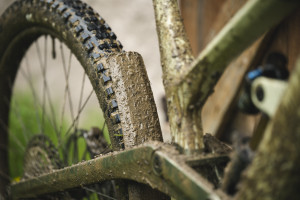
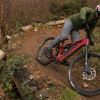
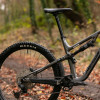

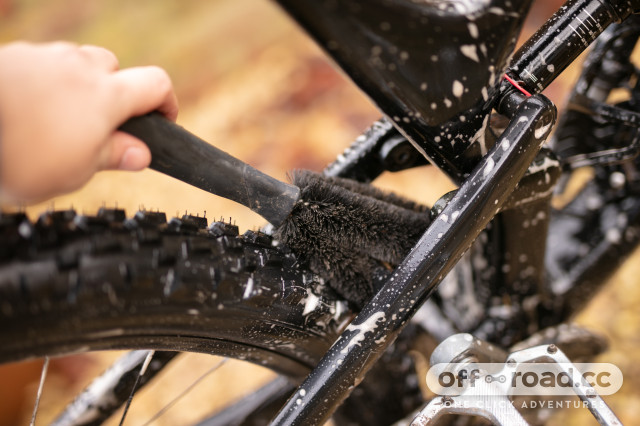
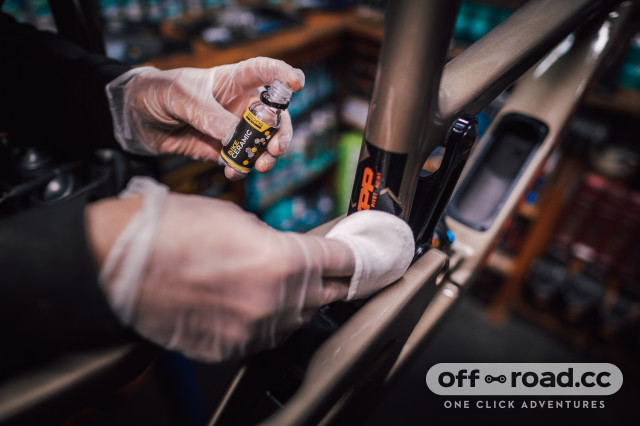
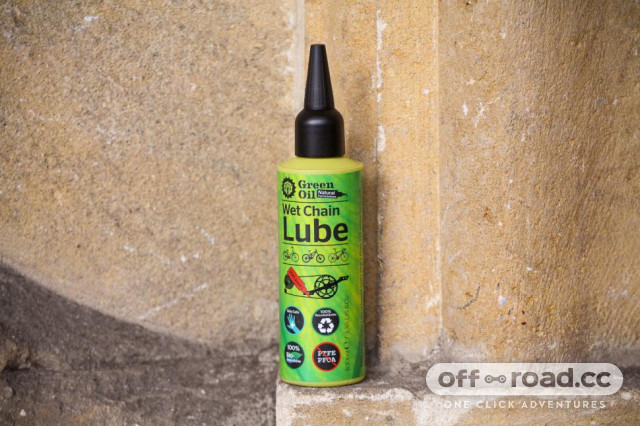
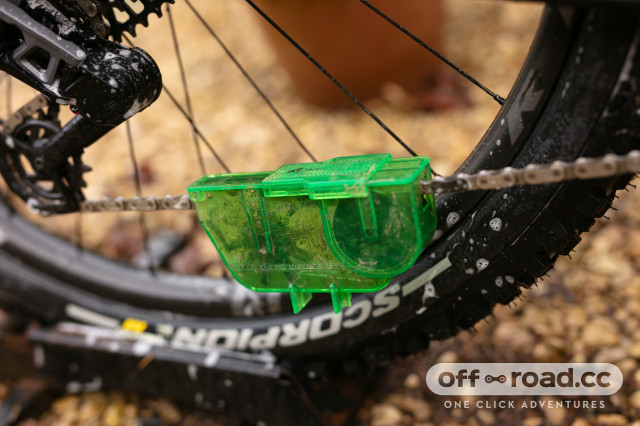

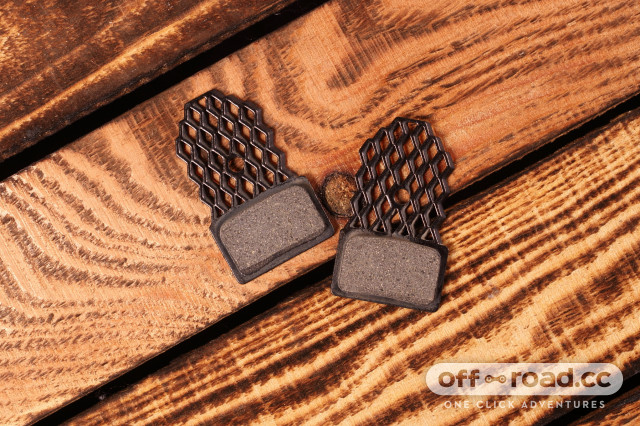
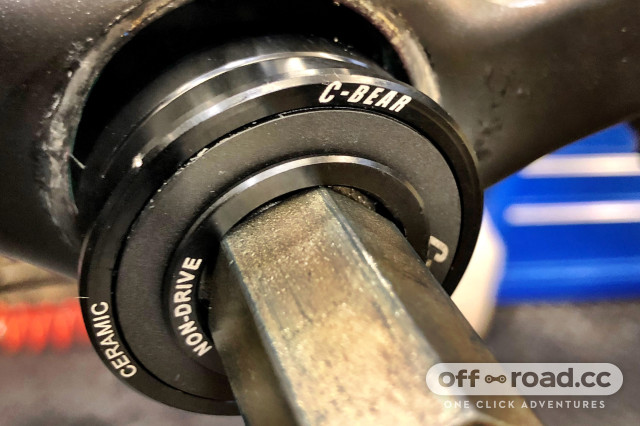

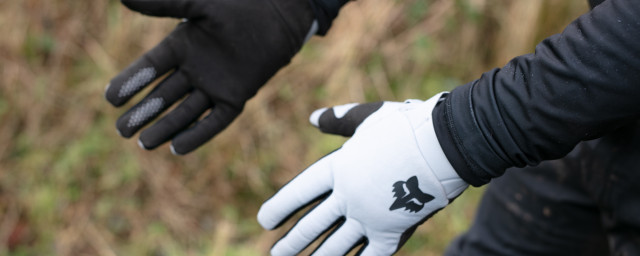
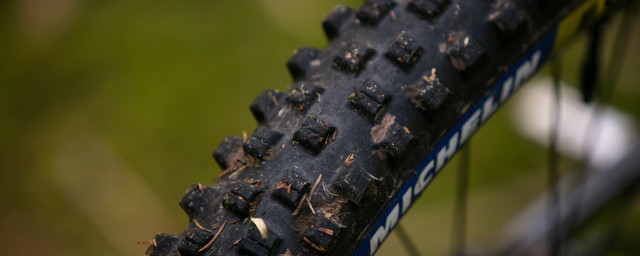
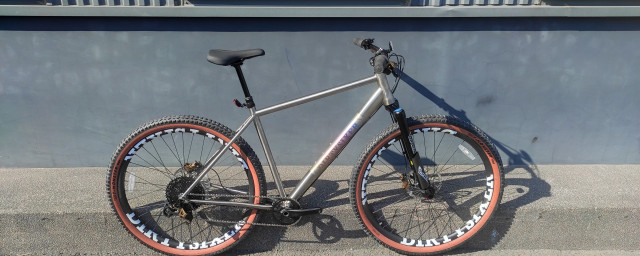
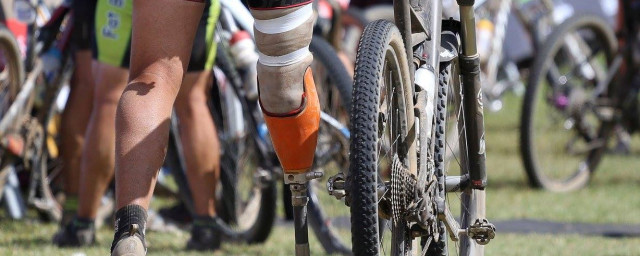
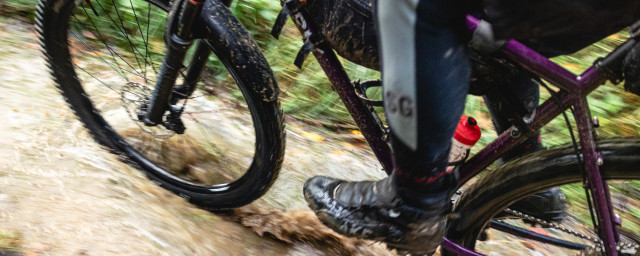
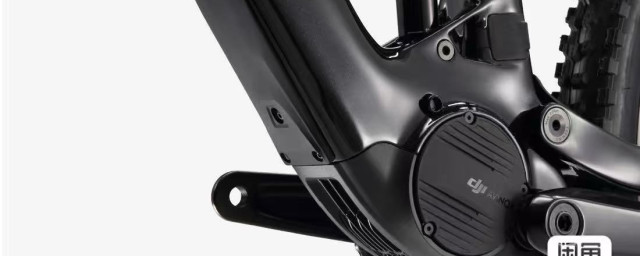
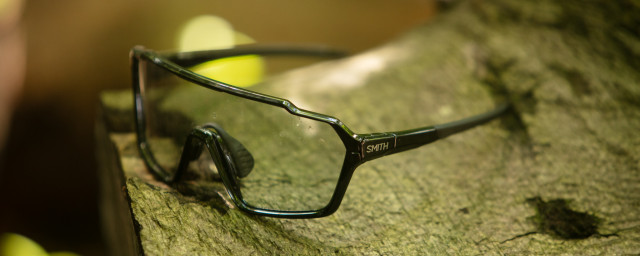
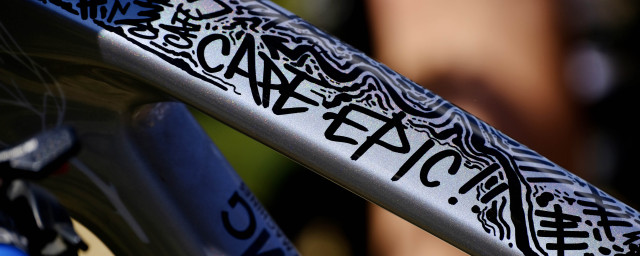
2 comments
And for the first time, topped up the FrameSaver in the steel frame of the Ultimate Commuter, just a quick squirt down the seat tube and some into the seat and chain stays from the holes near the rear dropouts.
I tried sintered pads on the front last winter, tied to the necessity of the Surly Dirt Wizards, proved to be so effective, that set, hardly worn, naturally, went on the rear with a fresh set on the front. For the swamp times.
I'm finding the Silca Synergetic is still wonderfully effective in the filthyest times, ok, it may only last a couple of days before requiring reapplication, but the grinding of wet lubes just doesn't happen.